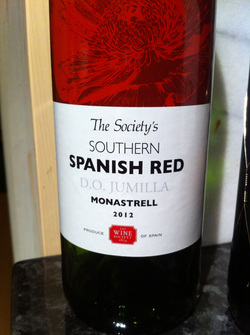 The cheap one that wins our vote for "buy again"
The cheap one that wins our vote for "buy again" My first wine in this series was The Wine Society's Southern Spanish Red (2012) from Jumilla. If that wine region sounds familiar to you, it's because we've featured it quite a lot recently, with several of Juan Gil's wines getting a mention. My friend Lory is a real fan of these wines and I'd love to hear what she'd think of this one. At £5.25 it's an excellent value choice for a Monday night wine. Of course, We shouldn't really be drinking on a Monday night, but did I mention my competitive tasting exam?
Based on the information from Corks Out provided in my earlier blog, the wine in the bottle contributes less than a pound of the value. (The Wine Society claims to be non-profit making).
At this price, there's no time or money for oak aging, but the wine is no less drinkable for it. The grape is Monastrell (which is the Spanish name for Provence's Bandol AC specialty, Mourvèdre) and is probably not one that's in abundant supply on your home wine rack, although if you drink Chateauneuf and other Southern Rhone wines, you'll be familiar with it as part of a blend. Maybe it's time you tried it on it's own.
Dry, but with rounded tannins which don't feel cheap, unaged or grippy, this has a medium body and a full, deep flavour of dark fruits and spices. Yes, it's got a short finish, but if you just need something to get you through the latest disasters on Eastenders, I'd condone a bottle of this. If you like a big Shiraz but feel it's too heavy for a mid week tipple, give this a go. I'm definitely going to buy more and am delighted that the experiment has found it's first bargain!
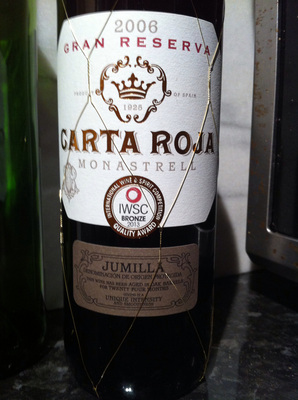 The pricier award winner we probably won't buy again
The pricier award winner we probably won't buy again Although the Gran Reserva is delicious, it really needs food and we drank it late in the evening, long after our meal. The youthful exuberance of the cheaper version is also more apparent by comparison than it was on the first tasting. Mr Purple Teeth didn't enjoy it so much on the second evening though I didn't really notice a difference.
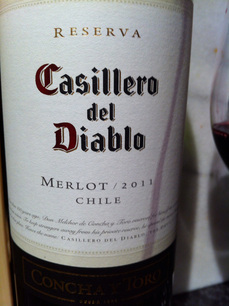 The "faulty" one that ended up uncompared
The "faulty" one that ended up uncompared 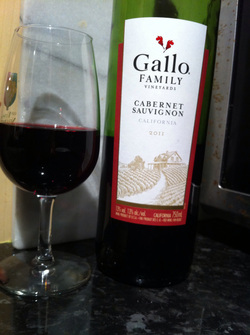 A pleasant surprise at £6.99
A pleasant surprise at £6.99 We started with Gallo Family Vineyards (2011) Cabernet Sauvignon which, coming from the sun-drenched Central Valley region, has been commended at the International Wine Challenge, and is £6.99 at Sainsbury's, Waitrose and Tesco. I really wanted to dislike this wine. Firstly it was Cabernet, and secondly, it is absolutely mass-produced with little of the romance a winery suggests, with the Gallo "family" being California (and thus America's) biggest wine exporter, owning a number of brands including that other supermarket favourite "Barefoot". I believe they produce more wine than the whole of Australia! Still, that should mean they're good at it.
Mr PT, the Cabernet fan, found it simple yet velvety, with low level of drying tannin and smooth dark fruit flavours. He found it a one hit wonder in it's simplicity but, would have it again at the bargain price.
Trying out my systematic tasting skills, I found the expected blackcurrant nose, and it was surprisingly easy drinking for young cabernet, full flavoured, deep but not complex. It's medium to full bodied, quite silky, with black cherry, vanilla and a little spice. This is an excellent example of a low priced Cabernet: quaffable with a screw cap, and doesn't require food to make it palatable. Okay, it's not £5, but it is currently reduced to £5.49 at Morrison's and £5.50 on roll back at Asda, so stock up now! This would pair well with ribs, burgers or spicy red meats such as lamb kebabs. I went back to it on the second night and it was still ripe, fruity and juicy and had me wondering why I've been avoiding Cabernet all these years...
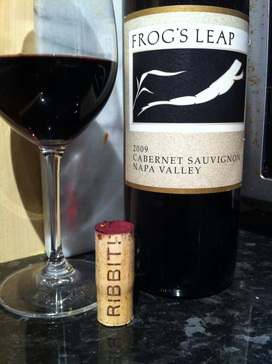 An outstanding wine at an outstanding price £32.99
An outstanding wine at an outstanding price £32.99 It has the same sunshiny core of juicy blackcurrant, but it also has loads more toasty character coming from oak aging as well as blueberry and cocoa. I'm advised by their website that it spent 24 months in 2nd use French Oak. It's interesting that an American winery chooses French rather than American oak. Are they aiming for an old world/Bordeaux flavour? Oak in its second use will decrease the impact of tannin extraction from the wood, leaving those lovely toasty, smoky, cigar box flavours on top of the juicy fruit. American oak tends to impart more vanilla, coconut and sweeter notes and this wine is juicy, fruity and sweet enough not to need that. I declare it a hit, but will confirmed Bordeaux fan, Mr Purple Teeth think it's worth the money?
Yes! Initially he felt it may be a little too elegant for his tastes, as he tends to prefer a firmer tannin, but with further sips, the tannins reveal themselves as velvety and smooth, yet definitely present. Imagine running your hand against the nap of the velvet... This is a wine to love, one to bring out on special occasions (such as when you're managing to have dinner with your husband for the first time in a fortnight).
Our Corks Out guide suggests that this wine will have around £14 of real wine value in it - twice what the taxman takes at £7. Only you can decide whether you'd rather have 4 or so bottles of the Gallo Family Vineyards' Cabernet compared to one of this. I believe there is a place for both on your wine rack.
 Side by side tasting Syrah, Day 1 and Day 2
Side by side tasting Syrah, Day 1 and Day 2 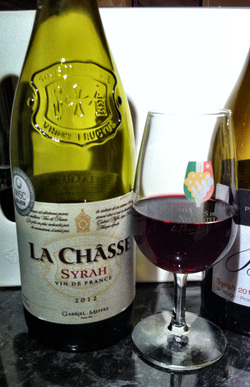 The lower priced Syrah (3/10)
The lower priced Syrah (3/10) Still, some of the best wines being made today (eg super-Tuscans) have eschewed the constraints of the appellation rulings to create something memorable. I won't compare this to a super-Tuscan, but it is a cut above ordinary table wine. It's got bright acidity, tons of red fruit, and a hint of spice. At this price, I'd probably choose the Monastrell or the Cabernet, and that surprises me. But did our tasting panel agree?
Descriptions from our blind tasting panel (and written anonymously) included "light for Syrah", "not special", "watery finish", "bland", "smooth", "sharp, thin, I don't like the nose"; "fruity and peppery", and a much more favourable, "very drinkable, could take a bottle home now". On day 2, Mr PT continued not to like it, showing he's not such a cheap date as he used to be. I felt it was drinkable with food given good spiciness and juicy acidity, but it lacked some punch and I definitely won't be buying it again. On balance, 3 of our panel of 10 preferred the cheaper wine without knowing which was which, and perhaps it would improve with age. The label claims it will keep for 4 years, though I wouldn't be tying up my limited wine rack space for this.
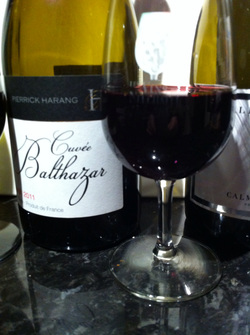 The higher priced Syrah (7/10)
The higher priced Syrah (7/10) In the glass this was instantly darker and deeper, with a nose of darker fruits and violet which followed through onto the palate. Smoother and less spicy than some syrahs, I jumped to an immediate preference for this one, which seemed more complex. 7 out of 10 of our panelists agreed with me. Here's what they said: "more tannin and blackcurrant", "rich, sharp and fruity", "smooth, medium-bodied, medium tannin", "scrummy with a nice nose and easy after taste", "fruity with a creamy feel" , "better nose, heavier weight, but not too sure on the after-taste". But not everyone was in love with this wine: "Tastes of fruit juice - no peppery taste; smells sweet"; "This is a marmite - sweet, jammy and didn't like it - I would only drink it with balsamic vinegar!". So you can't please all of the people all of the time. On balance though, it seems that the more expensive wine has a better chance of success at your table, and hopefully our many descriptions will help you decide which one to buy.
 Perfect Friday Wine? 9/10 cats preferred it.
Perfect Friday Wine? 9/10 cats preferred it. She had only one 100% Syrah in her tasting selection, and all but 1 of our panel actually preferred Jo's choice, which was Villa Blanche 2012 (13.5% abv) by Calmel Joseph (another Pays d'Oc wine). Jo kept the panel's tasting notes for this one, rather unsurprisingly, but as she's likely to be selling it for at least £1.50 less than the Balthazar, you might want to get on her mailing list for when it comes on sale. I was lucky enough to take away the remains of the bottle and the day 2 tasting says the label is right, it's well balanced with an elegant mouthfeel, and also a hint of that violet and spice, nestled in a bed of dark fruits, though it was definitely much nicer on day 1. My advice is, share it with a friend or two and finish it on the day of opening.
Overall, the results haven't surprised me. Spending a little (or a lot) more, has brought more interesting wines from the same region. However, I've been surprised by finding both cheap and expensive cabernet to enjoy, and shocked at loving a wine at £5.25. Good old Wine Society! I'm off to buy some more of that before it sells out, as these things often do when I recommend them.
Do you agree? Would you rather 2 or 3 cheaper bottles of adequate wine, or one bottle that's markedly better?
I'm going to continue the experiment with white wines next, though I may also compare different regions.. I'll report when I have the chance to sample a fair selection. I may be some time. Have you seen the weather?!
If you've any suggestions for splurges or bargains, I'd love to hear them.
Meanwhile, whatever you spend on your wine, enjoy it sensibly with food and friends.
Cheers!
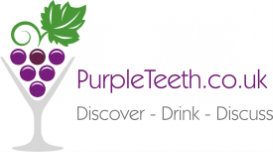
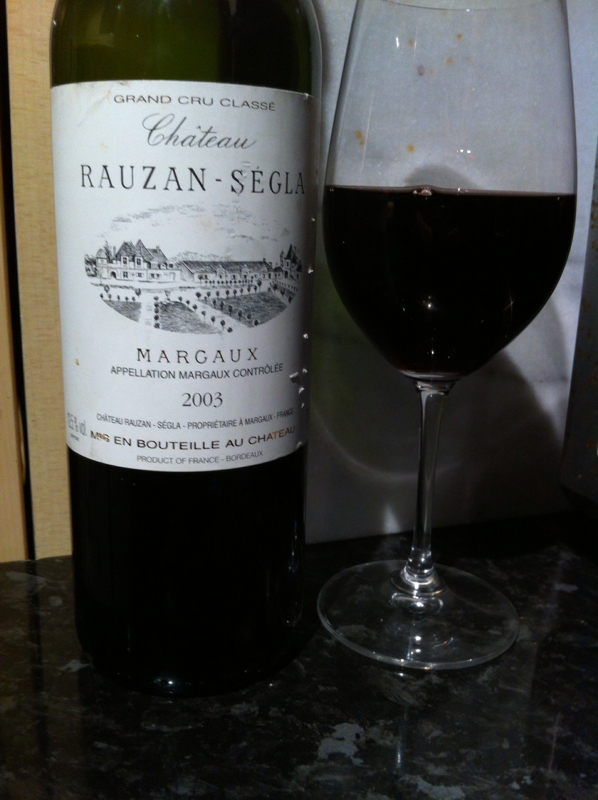

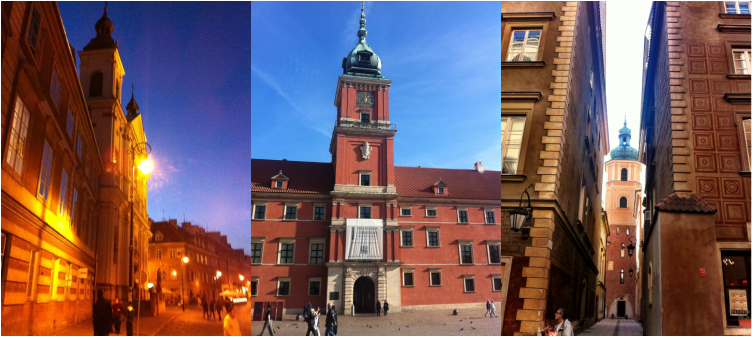

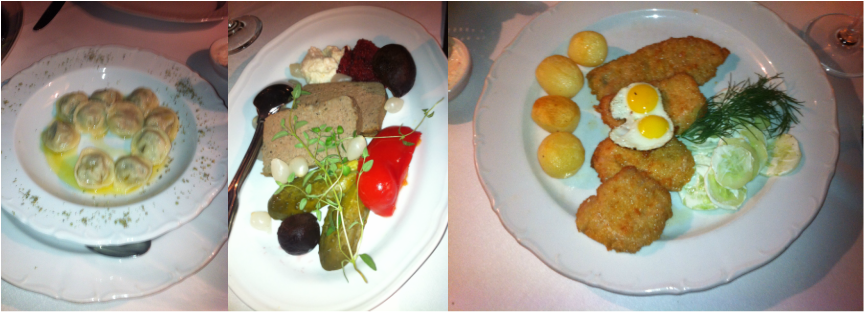
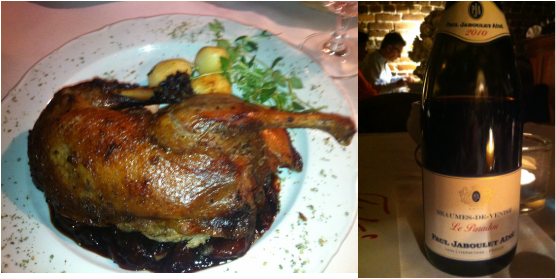
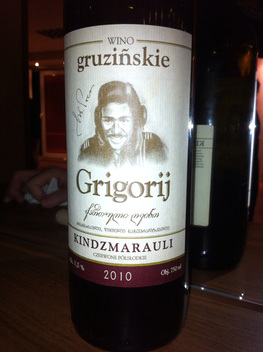
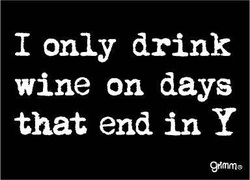
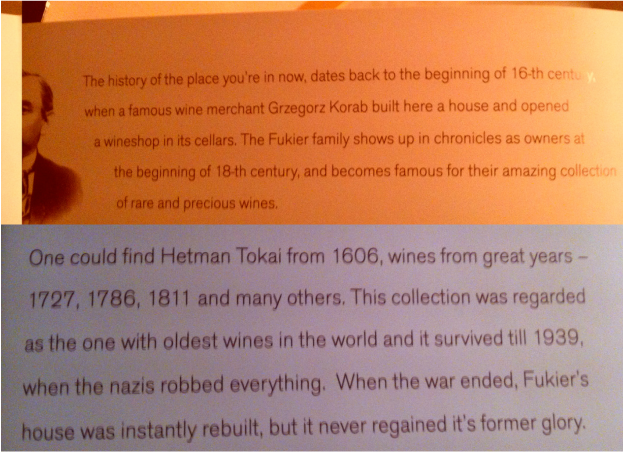

 RSS Feed
RSS Feed
